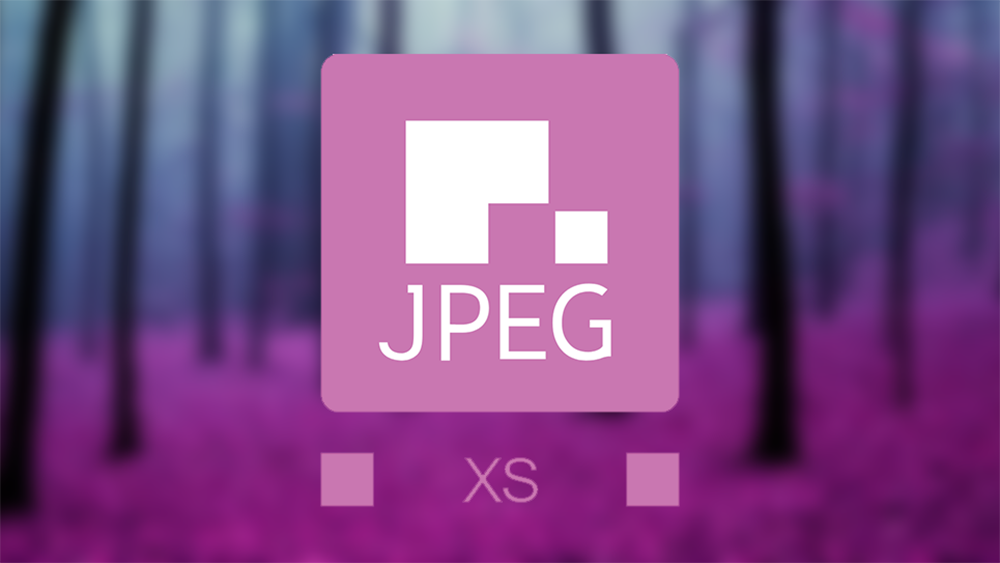JPEG is a still photo standard created by Joint Photographic Experts Group committee. Hence, the standard for compressed photo JPEG is called by name of the committee that created it.
In this article, we’ll be talking about one such compression standard JPEG XS.
Well, folks, it’s all about the quality of images and which can be saved in the least possible sizes, hence saving on the disk spaces in computers and smartphones.
Hence, JPEG XS which was announced in April 2018 is the first ISO standard and provides a solution for latency-critical applications offering lossless quality at low complexity.
A Japanese channel 8K launched last year in December is already using the technology.
Why JPEG XS?
The new standard JPEG XS is the solution to many hurdles faced before in the process of still photo and video compression. It can handle large volumes of data and provide the best quality images.
In process of Satellite TV channel displays like the 8K in Japan, the broadcasters had to find cost-effective ways and provide high-quality images at the same time. Hence, JPEG XS can be used in video-capable devices and provide a good solution for many problems faced in the consumer electronics industry.
The JPEG XS can handle increased resolution and frame rates while offering a visually lossless quality.
Will JPEG be replaced?
The JPEG standard came into being in 1992 and probably the most commonly used form of compression.
There are various forms of JPEG such as JPEG, JPEG 2000 or HEVC but they don’t solve the issue of low latency and visually lossless compression. Hence, they can be used for simpler still photos compression.
Increased Quality with lower costs
The JPEG XS has made possible the high-resolution videos being carried over existing bandwidth without losing on quality and imperceptible latency. With JPEG XS, the latency goes unnoticed by the Human Eye.
It offers microsecond latency and compression ratios suitable for any broadcast production workflow including editing, ranging from 125 Mbps to 400mbps for HD and 500 Mbps to 1.6Gps for 4K.
JPEG XS uses less memory and its very low complexity helps in considerable reduction in power consumption of an electronic device.
The use of JPEG XS simplifies the connectivity and users can save on crucial bandwidth and also it also reduces the need for many internal links within a device.
Well, looking at the above features of JPEG XS, we can certainly assume the JPEG XS will be frequently used in various tasks everywhere.
The compression ratios for JPEG XS are 1:2 and 1:6 for both 4:4:4 and 4:2:2 images and image sequences with up to 16-bit component precision. Hence, the JPEX XS can be used in applications and devices which operated with uncompressed image data before.








